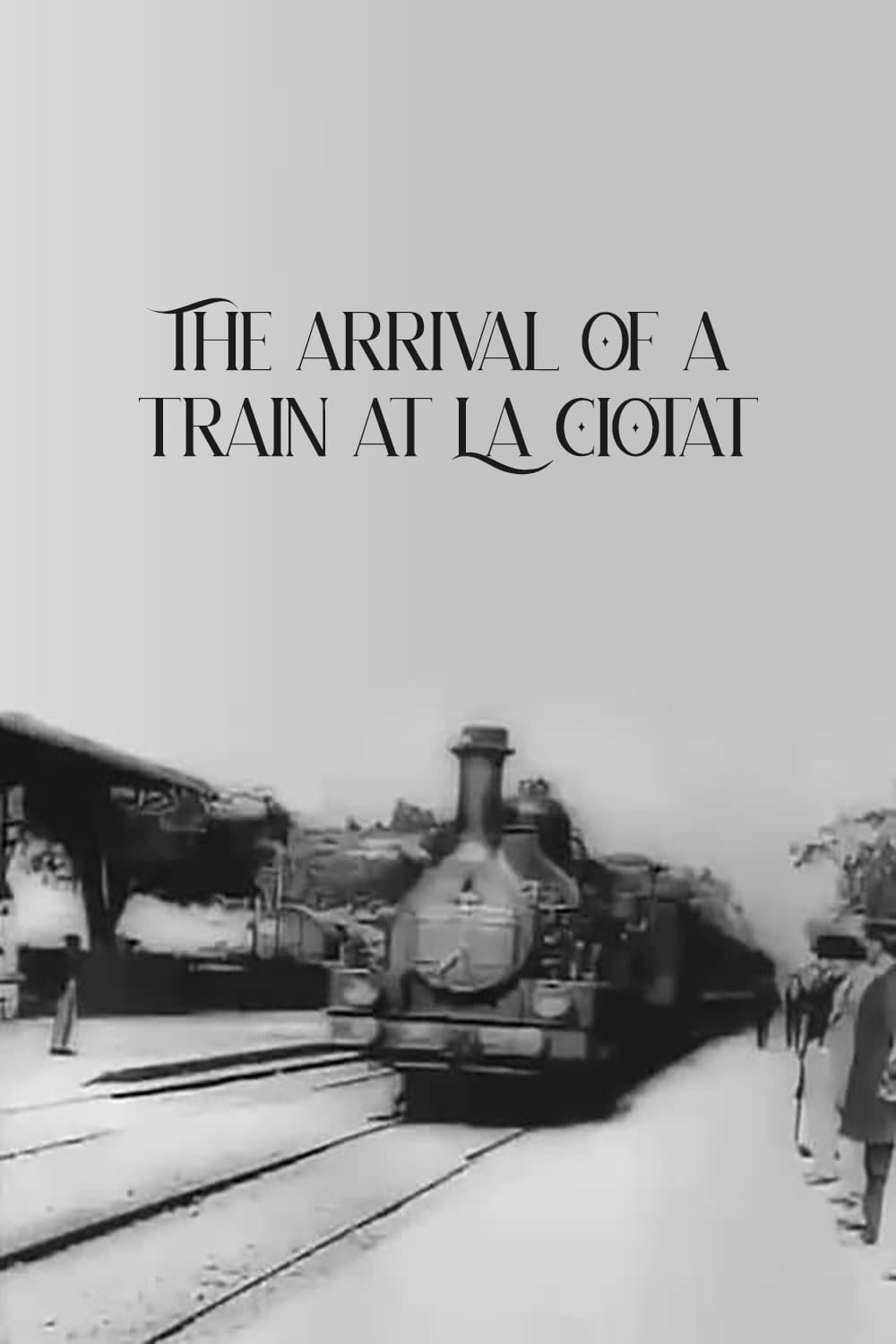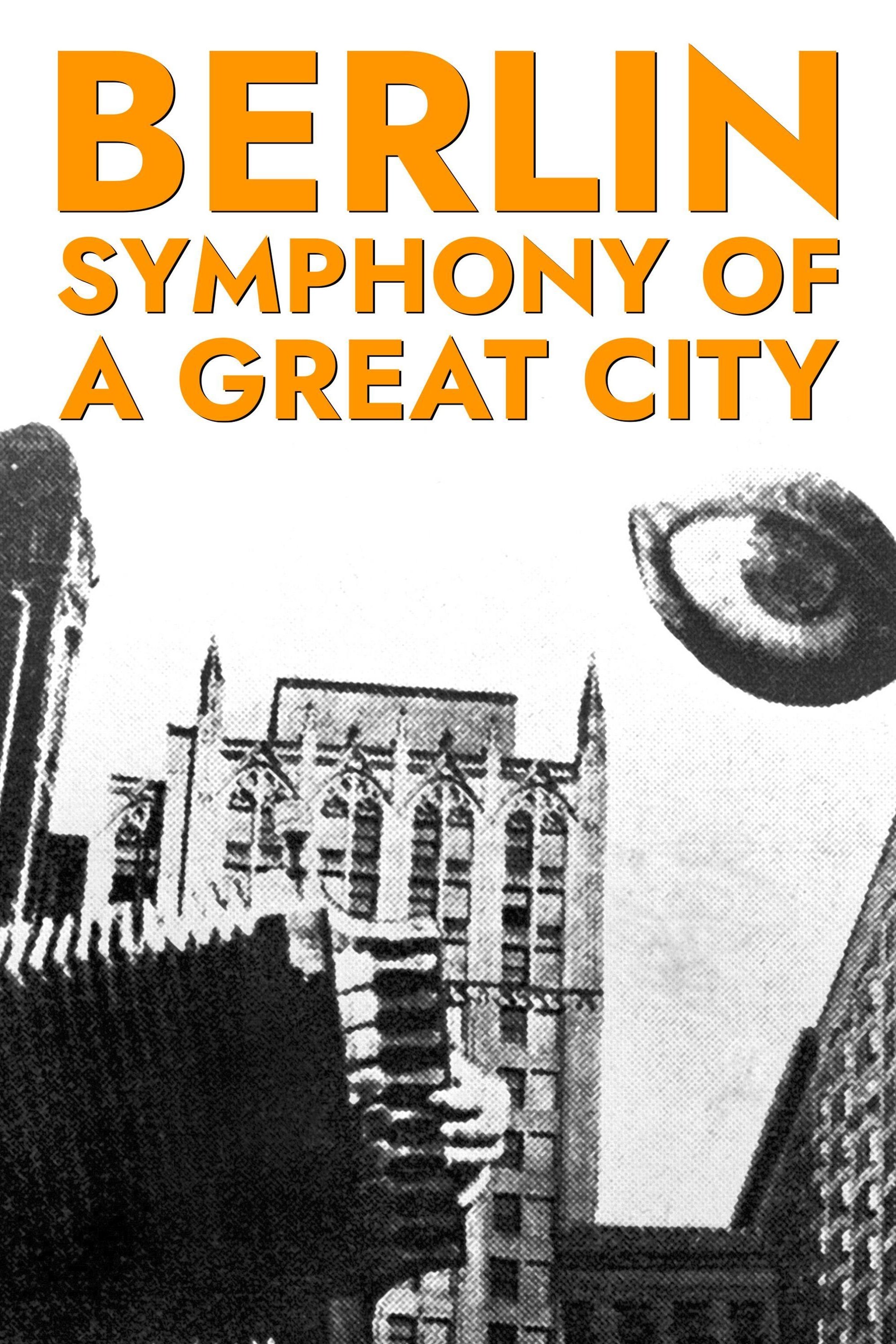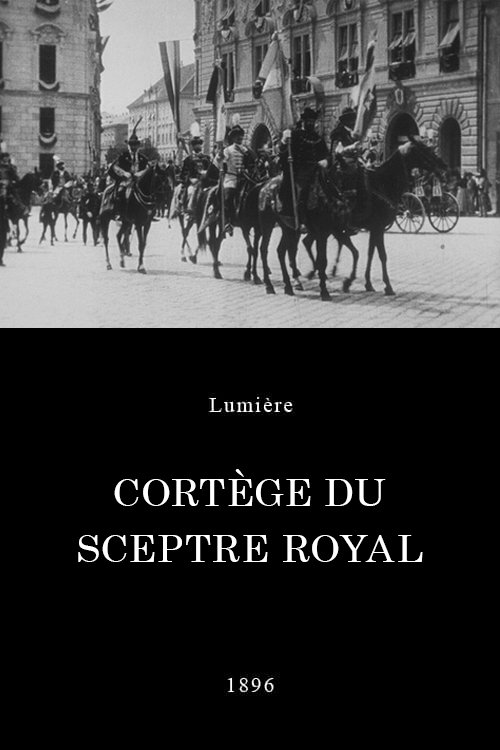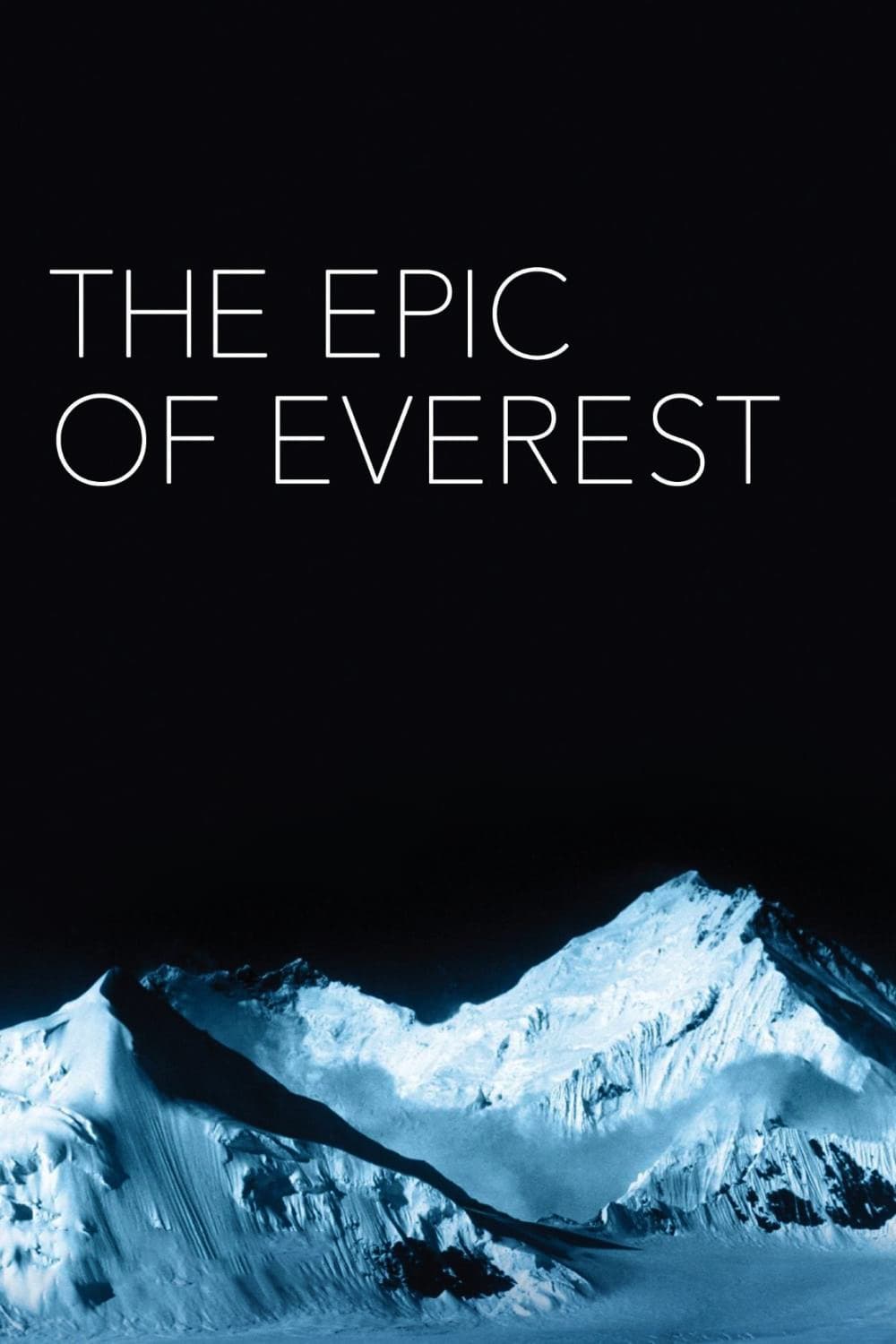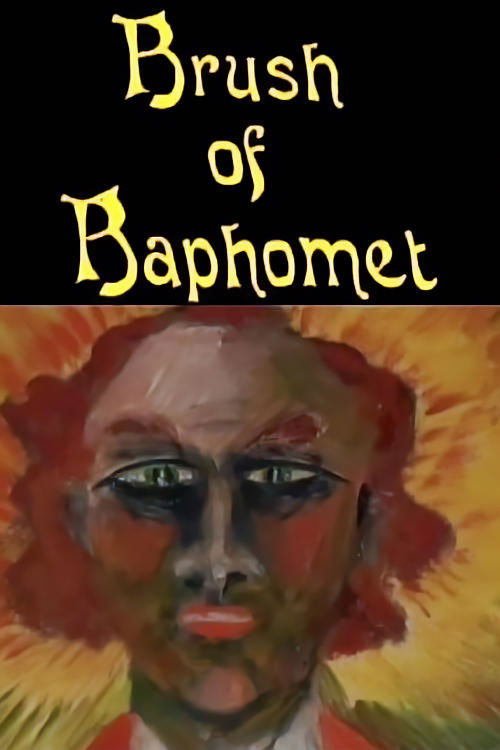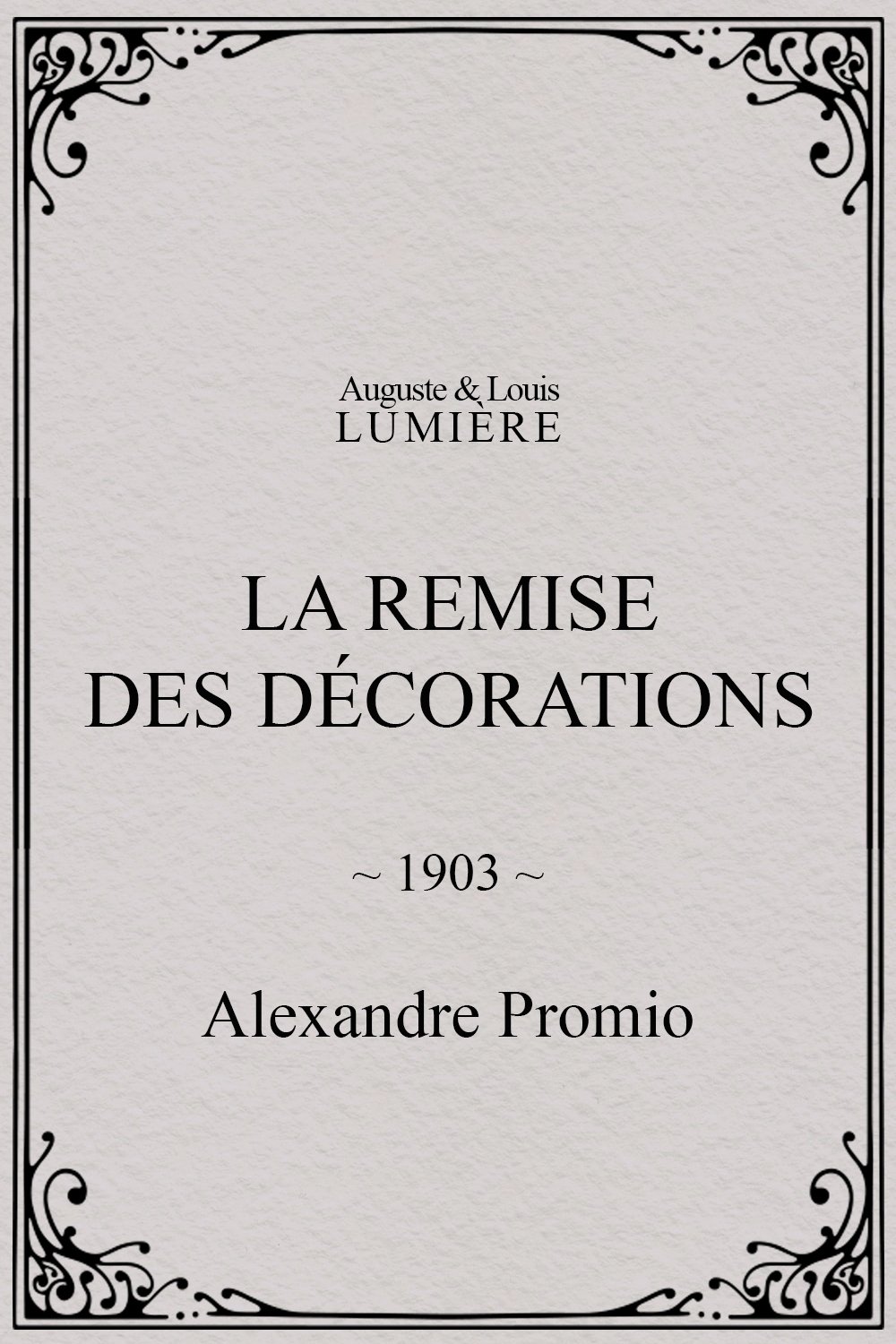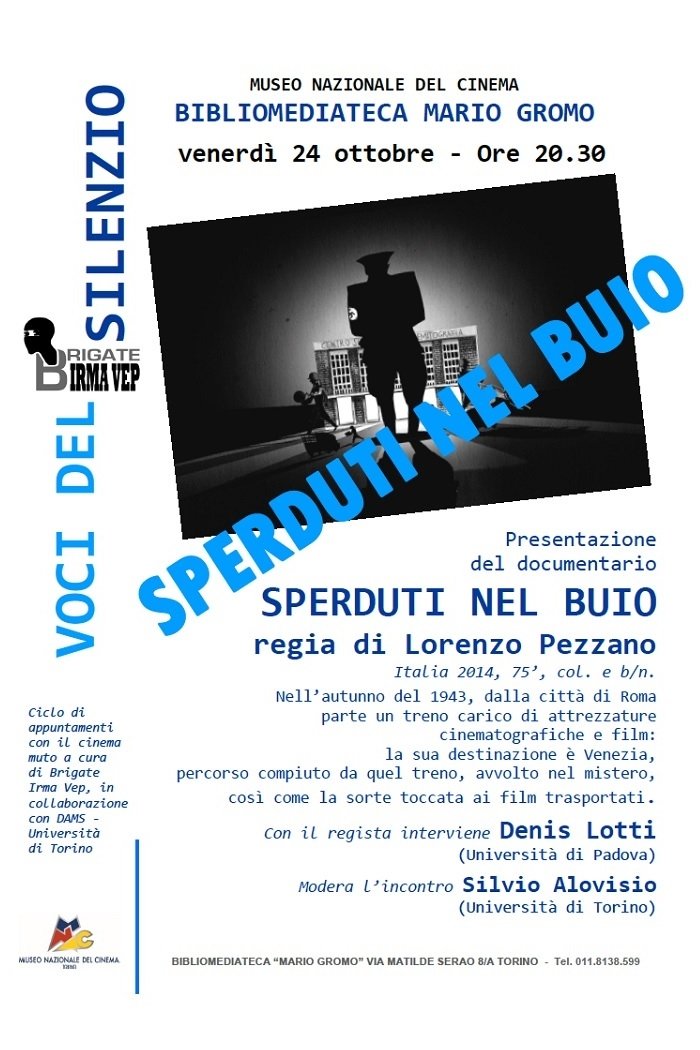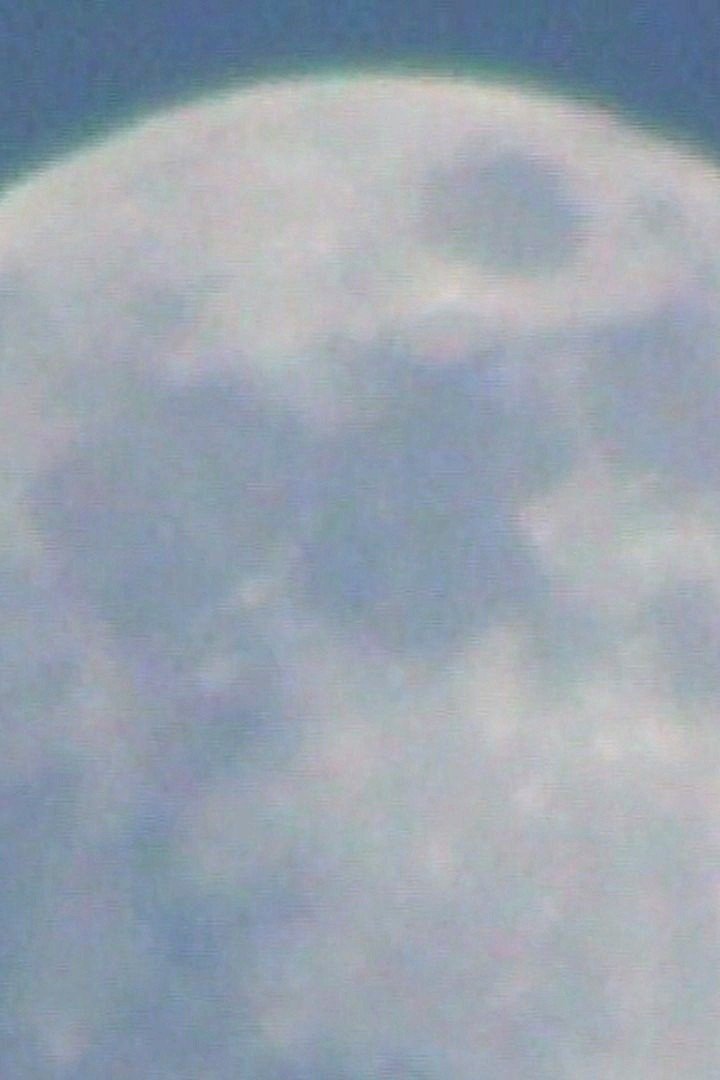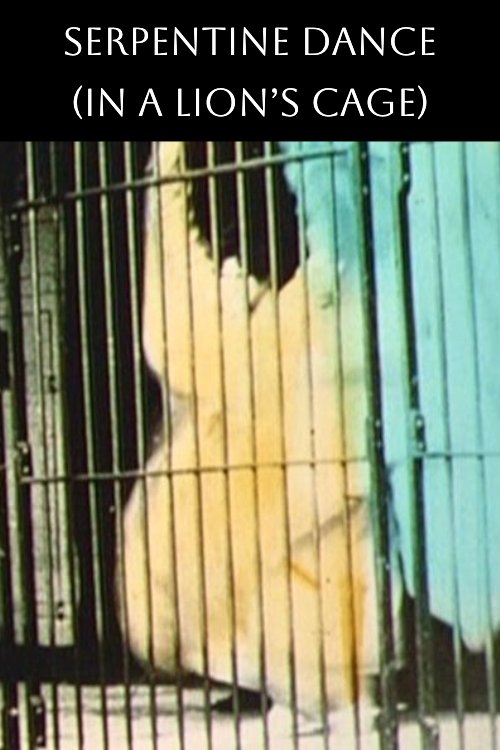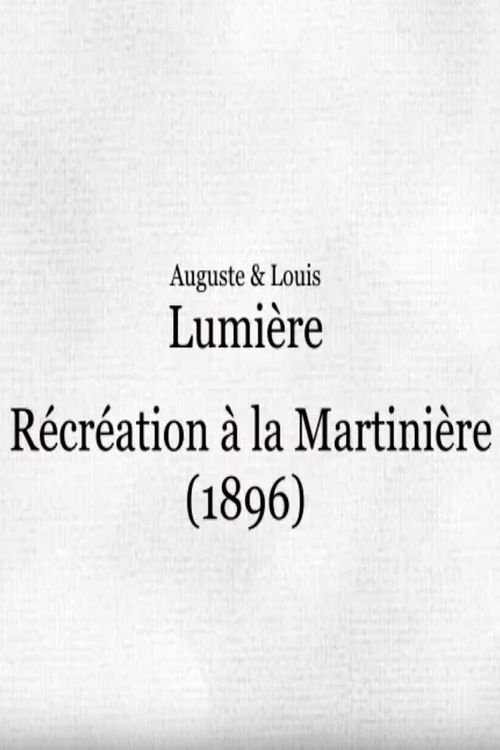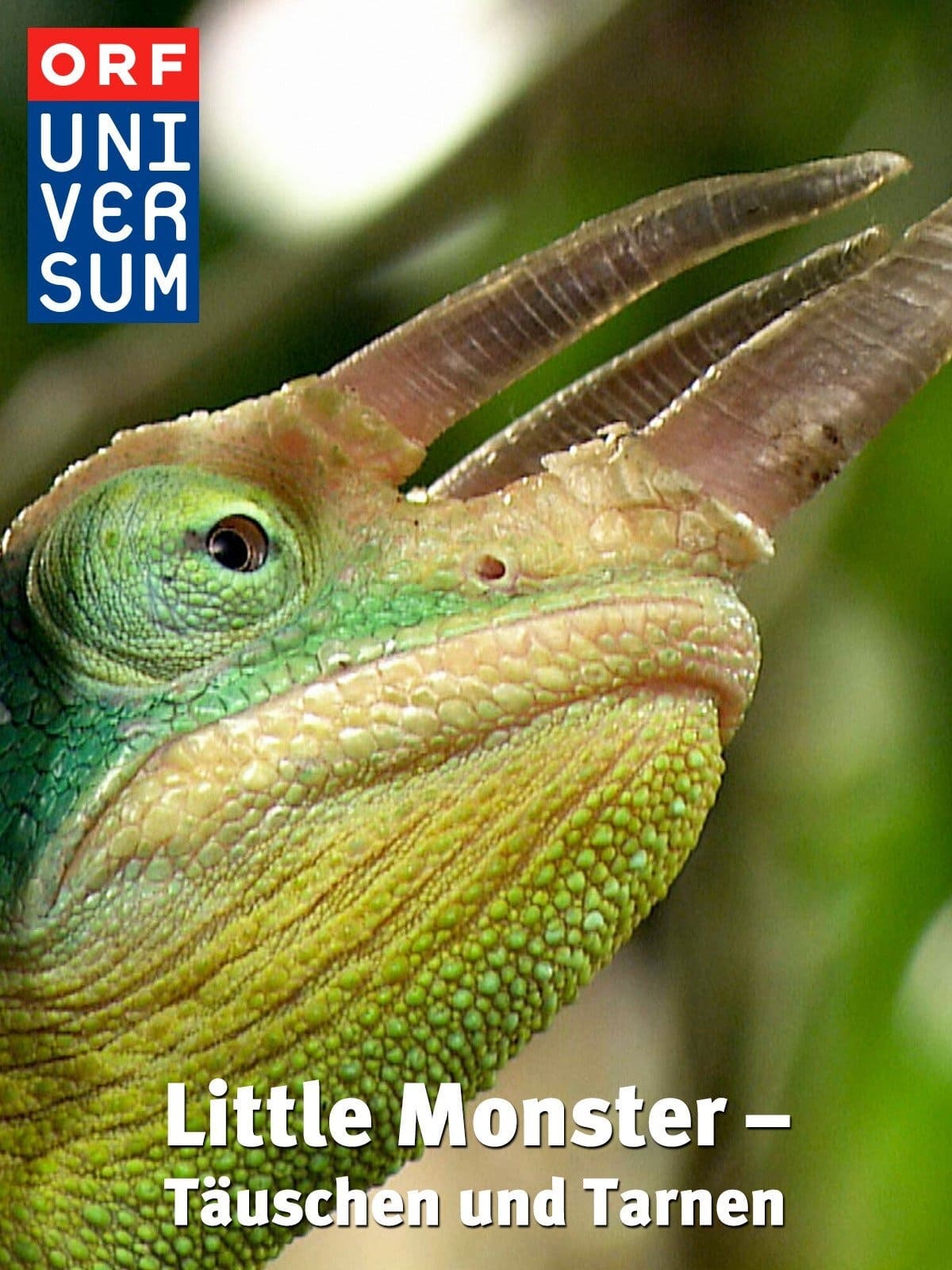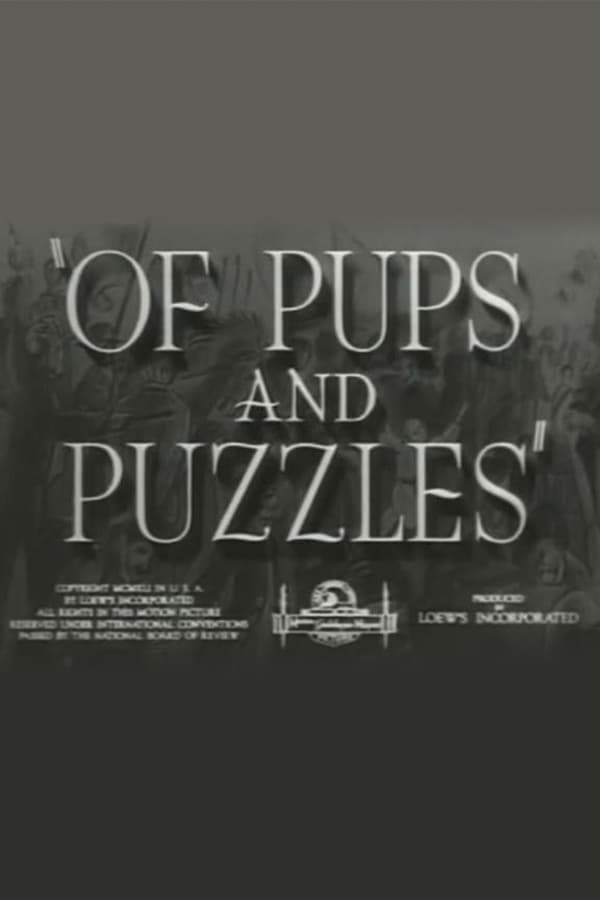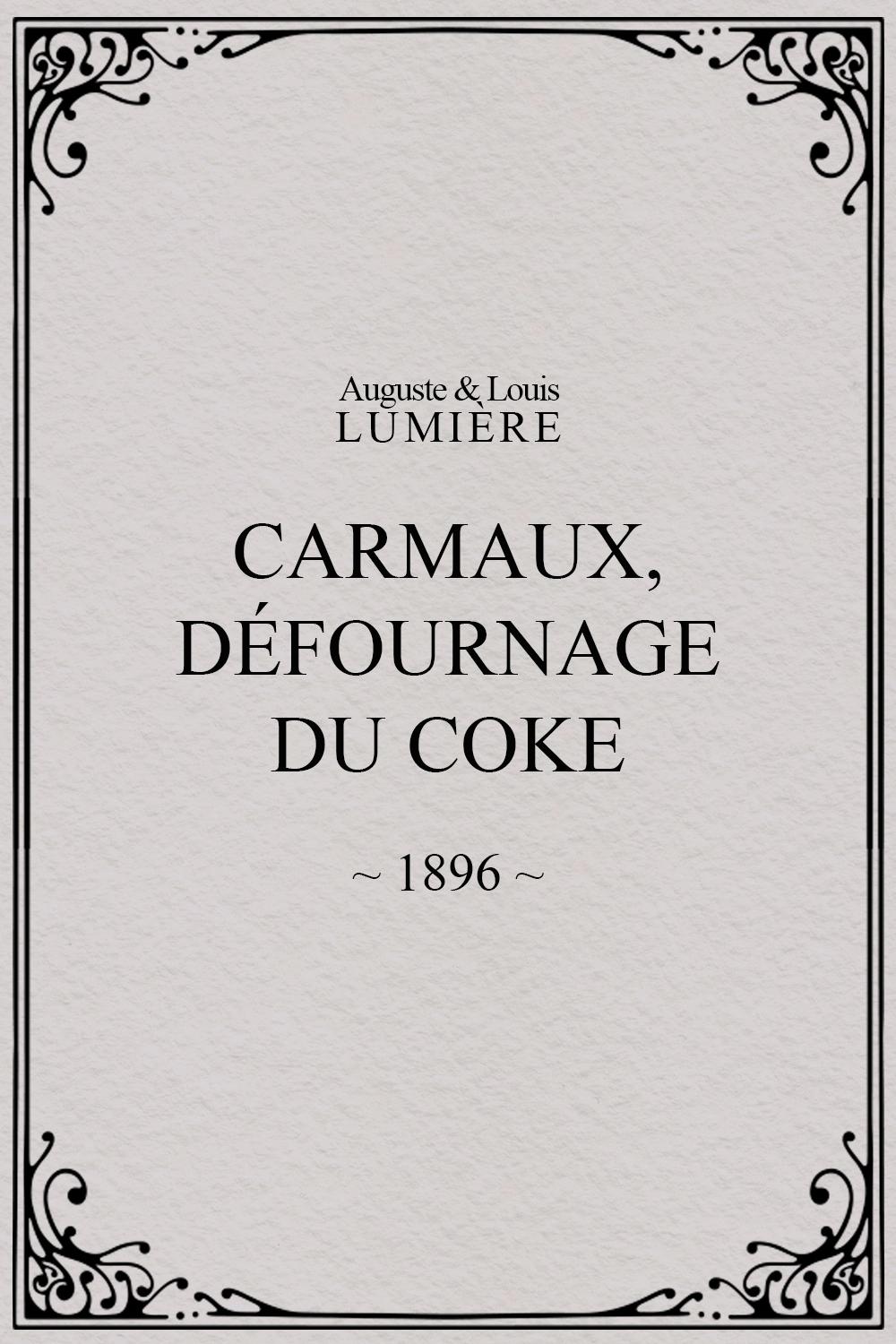
Carmaux: Drawing Out the Coke (1896)
Released:
1896-01-25
Duration:
1min
Genres:
Documentary
Rating 5.0
Overview
Carmaux is in south-central France, near the Tarn River. As a brick of coke, about four feet high and three feet wide, is gradually pushed out of a smelter into a yard, one worker sprays it with water from a hose while two workers with long metal rakes wait to spread it out. Other workers buzz in and out of the foreground of the stationary camera. Atop the first level of the brick smelter, workers push full carts of coal along a track.
Production Companies
Lumière
Additional Info
| Budget | $0.00 |
|---|---|
| Revenue | $0.00 |
| Original Language | fr |
| Popularity | 0.2775 |
Directed By
Louis Lumière

